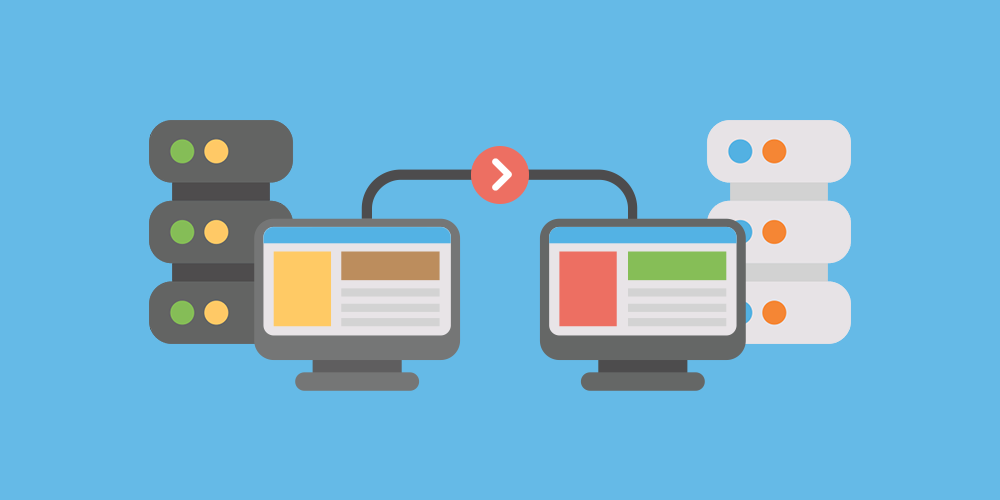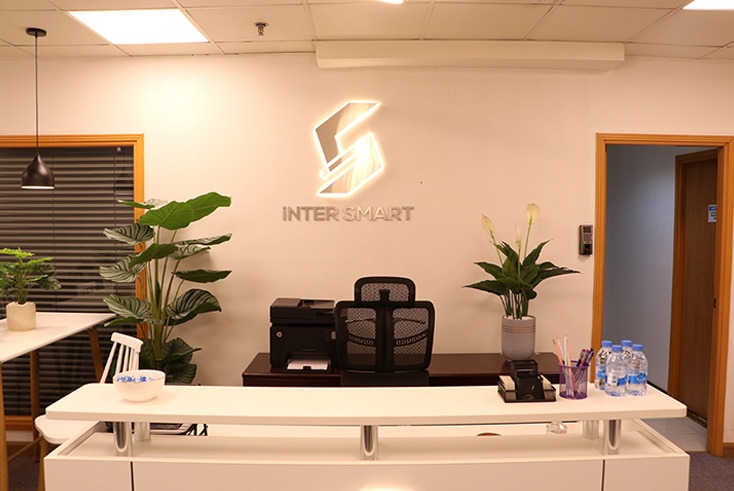Things to Consider When Migrating a Website
- Date: 21 / June / 2021
- Post By: Admin

Expert web designers recommend that a website redesign need to be done every 3-4 years to keep up with design trends and web standards which is often accomplished with a new facelift or re-skin.
A simple update wouldn’t be considered to be an act of migration usually. The change needs to be substantial enough to affect some of the core functionalities of the website. Technological changes like changes to the website’s structure, platform, content, location, or design are considered to account for migration. Web designing companies in UAE can help to analyze if your website needs to be migrated or not.
The real question however is, when is a site migration inevitable? If the answer to the below questions is yes, then consider investing in website migration at the earliest.
- Your current outdated website doesn’t represent your brand.
- If you change the name of the company or need to adopt a new domain name/URLs.
- When the site needs to be moved to HTTPS from HTTP(adding SSL certificates)
- When you need to change the location of the site from one server to another
- The current CMS needs to be changed to accommodate more functionality
Now that you have finally decided to migrate the website, there are certain things you need to keep in mind while doing so. Anyone you speak to about this will tell you that site migration will result in reduced traffic and revenue loss. Although it would be true in some cases, Web design company Dubai can help to migrate without losing any traffic or revenue by planning ahead each step. In fact, you may even see considerable growth right after launching a revamped website. Below mentioned are the subtle points to keep in mind before and after migration.
Before Migration
-
Create a plan: assign relevant stakeholders, like UX, analysts, SEOs, IT, content, and marketers to their designated tasks, and implement Go/No-Go checklists to ensure that everyone involved finishes their assigned tasks on time.
-
Crawl your old site: Find issues and adding those fixes into your site migration roadmap. You can monitor your site’s rankings by comparing rankings before and after moving to your new CMS or framework.
-
Identify your top-performing pages: you should keep what is already performing well and work on improving the rest. You need to prioritize top-performing pages & top strategic pages before launch.
-
Set up a test environment: You’ll want to launch the full site on the new CMS in the test environment and compare it to your current site. Also, add a “coming soon” landing page. Once the domain is live, set up Google Search Console, you can then test if Google can access it, etc.
-
Google Search Console: Make sure the old and new versions of your website are registered in Google Search Console. You need to register sub-domains or sub-directories in the Google Search Console for the new site.
-
Temporarily block access to the new site: Google emphasizes that Googlebot remembers directives. So, if your website uses no index tags temporarily, Googlebot will remember this directive even after the tag is lifted and not index your pages right away.
-
Crawl your new site: to efficiently catch errors and take preventative measures as required.
-
Update your site’s DNS settings: change your DNS settings to point to the new IP address, preferably outside of peak hours.
-
Speed comparison: Ensure to compare your new site’s server performance for speed with that of your old site
-
Configure analytics: make sure that all tags, scripts, and codes are still implemented and also verify that any third-party extensions, ad and tracking codes, or social plugins on the site will work properly.
-
Update canonical tags and Prepare your redirects: fix any canonical tags that were incorrect on your old site, before migrating to your new site and test your
-
Rewrite Rules that will 301 redirect from all of the identified existing URLs to the new URL versions
-
Generate your new XML sitemap: Once the site is switched over, upload your new XML sitemap to your Google Search Console property.
-
Configure your URL parameters: Make a list of all the campaigns that would have to be updated once the migration is complete.
The Day of Launch
- Enable and test your redirects: if you have new URLs that don’t match the old versions or you are switching your domain check the 301 redirects list to make sure all pages are matched to the correct URL.
- Verify Internal links: Check for broken links and correct them
- Verify Canonicalization: make sure you don’t have multiple URLs for the same content that may eventually disrupt the progress of your pages in SERPs.
- Configure your web analytics: ensure that your web analytics is tracking traffic on your new site and add an annotation in your analytics platform on the date of the launch
- Submit your new XML Sitemap: Upload the new XML sitemap to your new property in Google Search Console.
After Migration
-
Site Auditing: Monitor your new site for position changes and other errors to make it into the SERPs quickly.
-
Check the performance: page speed is relatively more important now that you have migrated. You have an entirely new website with plenty of URLs that you want to be indexed at the earliest.
-
Validate your new site redirects: on your status codes 301 redirects, 404s, 500s, etc.
-
External links: Inform the partners, influencers, and other parties who drive traffic to your site to update the external links they are currently using.
-
Validate your ads and Execute your updated campaigns: ensure that ads, plugins (like social buttons), and third-party codes are working on the new site.
-
Monitor your log files: Make sure that the most important, strategic pages are performing well post-migration and aren’t suffering from mistakes like an accidental no-index tag.
-
Rankings and Traffic Monitor both site versions to track traffic and rankings activity. Over time, you should start to see more of your new URLs ranking and getting traffic than your old URLs
-
Troubleshoot: Run a new audit to see if there are any changes in content along with pinpointing technical issues. Navigate through your site as a visitor and ensure everything is running smoothly on the front end.
Migrating the website is an effective way to stay up to date with the latest trends and attract more visitors. Intersmart is a leading Web development company in Dubai with over 11 years of experience in the field and having an expertise in the website revamping sector.
Recent Blogs
Tired of being associated with unprofessional and inexperienced companies? Well then, you have good reason to be here. As one of the top most web designing companies in UAE
- DESIGN
- DEVELOP
- DELIVER
